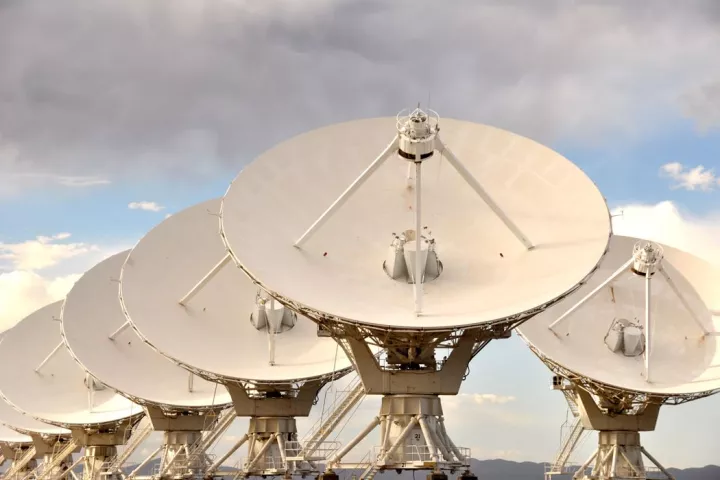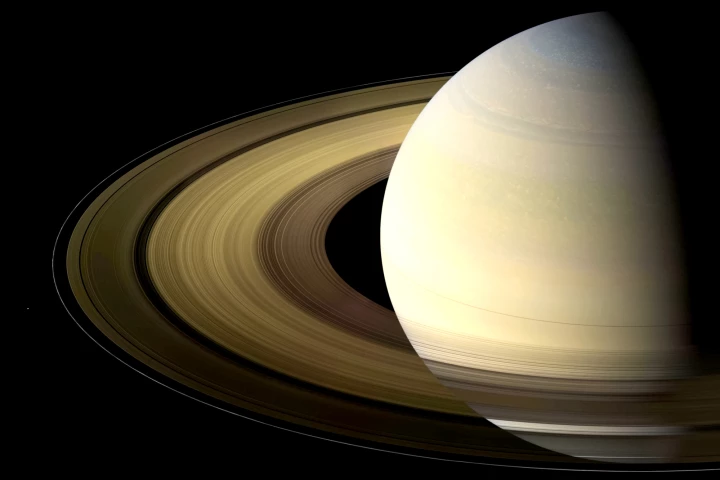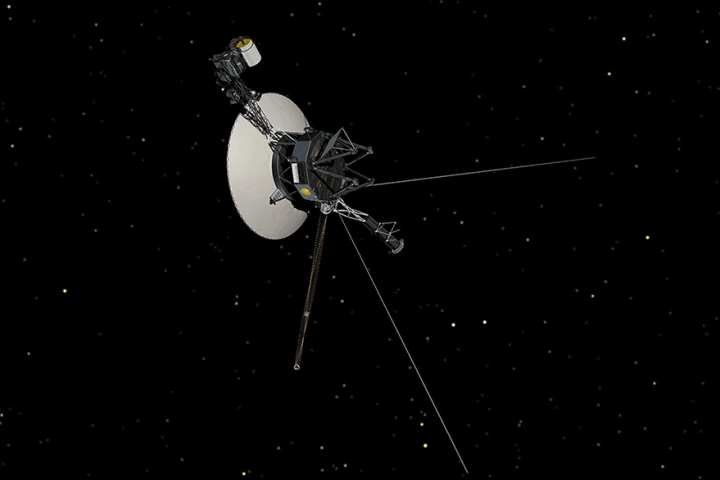Voyager
-
NASA Voyager mission engineers are preparing a software patch that will allow the thrusters aboard the Voyager 1 and 2 interstellar probes to continue operating for another five years, keeping the spacecraft in communications with Earth.
-
In a dramatic bit of improvisation, NASA' Jet Propulsion Laboratory (JPL) in Pasadena, California, has managed to reestablish communications with the Voyager 2 spacecraft 12.3 billion miles (19.9 billion km) from Earth after losing contact on July 21.
-
NASA has lost contact with its Voyager 2 deep-space probe. On July 21, 2023, Mission Control at the Jet Propulsion Laboratory (JPL) sent a series of commands that "inadvertently" caused the robotic spacecraft to turn its antenna away from Earth.
-
A truly historic Space Age recording is up for auction as the personal copy of the master tapes belonging to Carl Sagan and Ann Druyan for the crafting of the Golden Record that flew on Voyager 1 and 2 goes on the block at Sotheby's.
-
Looking at data from NASA's Voyager 2 collected during the deep space probe's flyby of Uranus in January 1980, scientists have concluded that four of the planet's known 27 moons may have oceans beneath their icy crusts.
-
The search for extraterrestrial civilizations gets a major boost as SETI joins forces with the Very Large Array (VLA) that combines the giant radio telescope with a new processing system to increase the search's effectiveness by a factor of 1,000.
-
Saturn is renowned for its rings, easily visible through an ordinary telescope. Now, using observations collected over 40 years, scientists have discovered a never-before-seen interaction between the planet and its iconic rings.
-
The 45-year-old Voyager 1 deep space probe is showing its age as NASA engineers try to determine why it is sending back invalid telemetry data from its attitude control system as it hurtles through interstellar space, never to return.
-
More than 40 years after launch, Voyager 1 is still making new discoveries. The latest achievement by the craft is the detection of a faint, plasma “hum,” indicating that there may be more activity in interstellar gas than previously thought.
-
New Horizons currently has a lot of time on its hands as it coasts towards interstellar space. The probe has just passed a new milestone distance, celebrating by taking a snap of its predecessor Voyager 1 – or at least, the patch of sky where it is.
-
It's been remarkable year for space exploration, marked by a line up of ambitious new interplanetary missions, industry firsts, and the reemergence of the US in the field of human spaceflight.
-
After almost eight months of silence, NASA has sent radio commands to the Voyager 2 spacecraft. On October 29, the DSS43 radio antenna in Australia sent a signal to the 43-year-old probe, which returned a confirmation signal.
Load More











